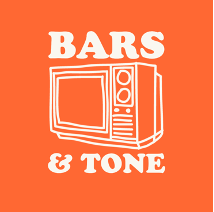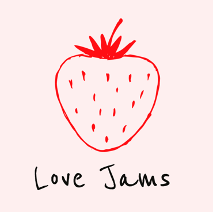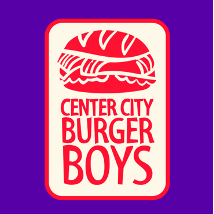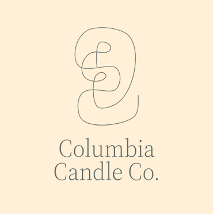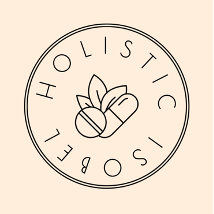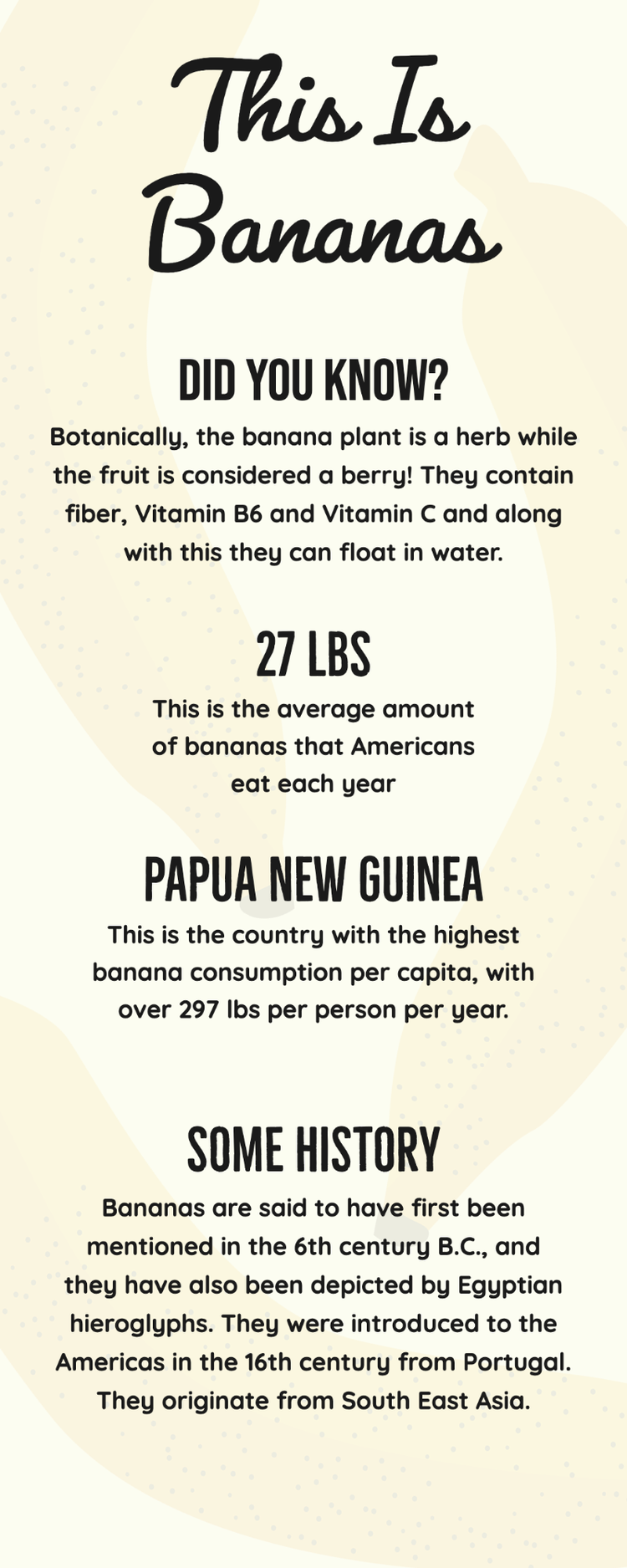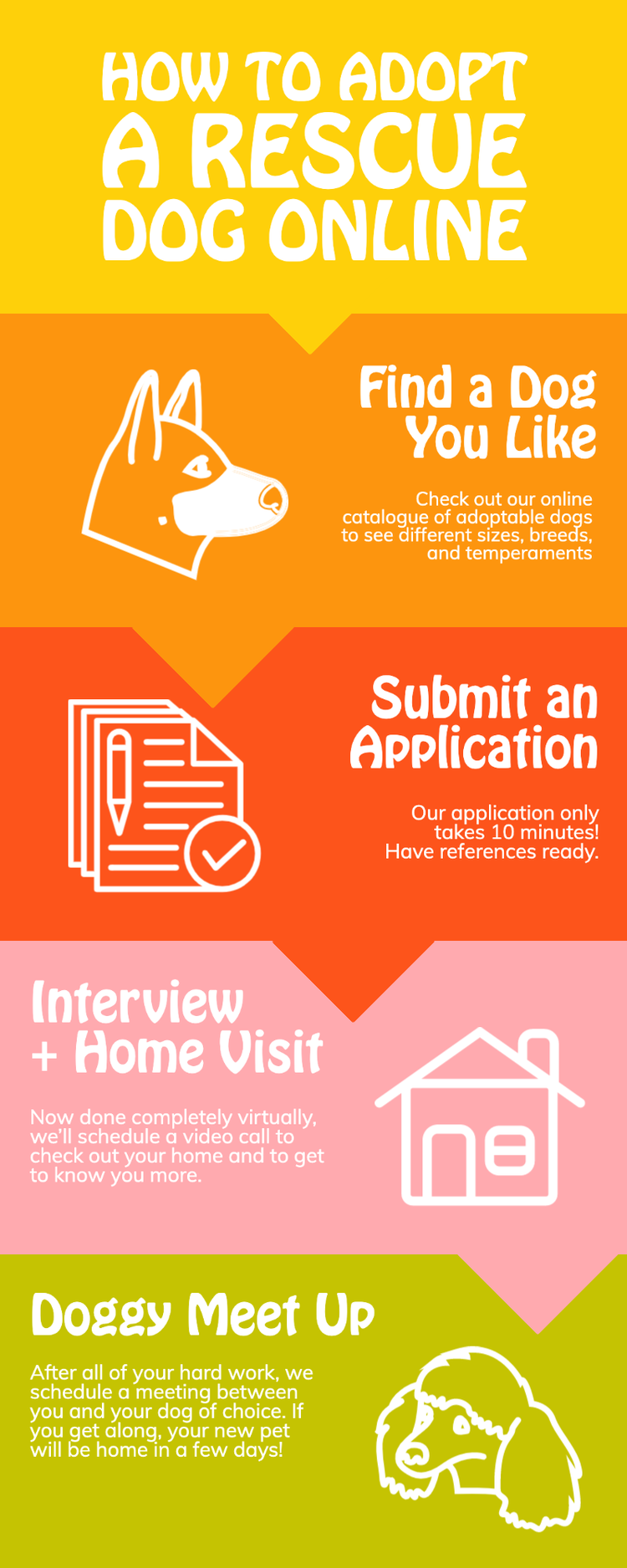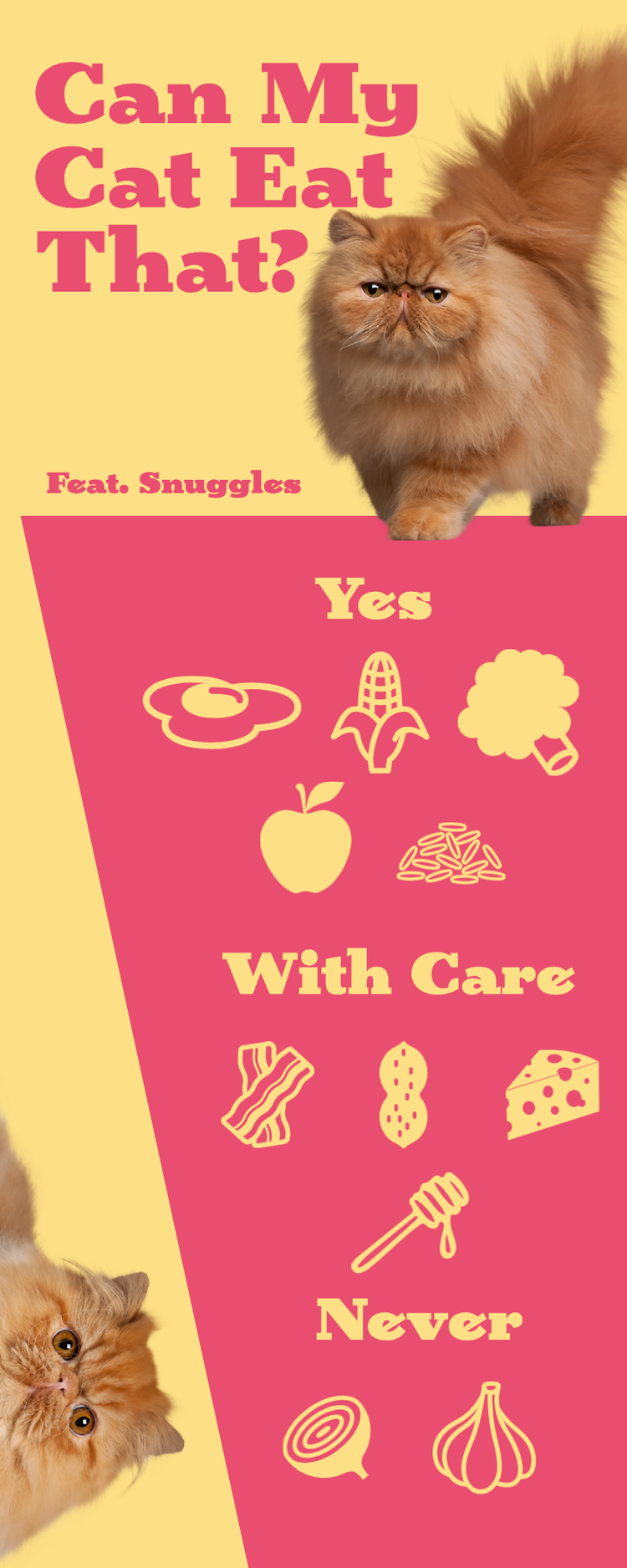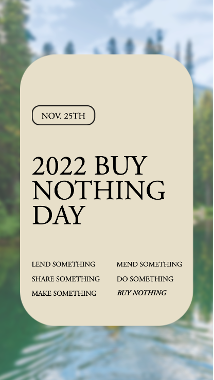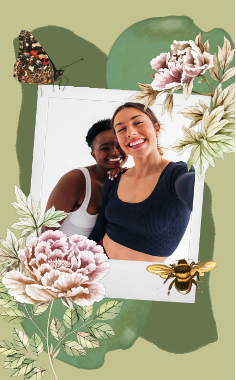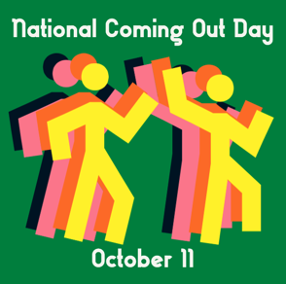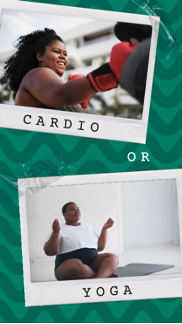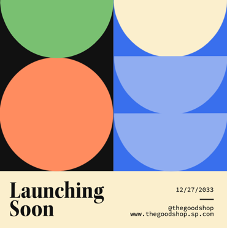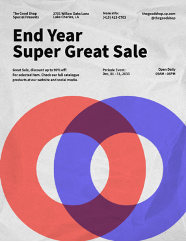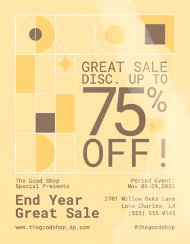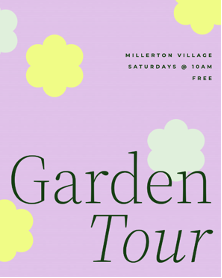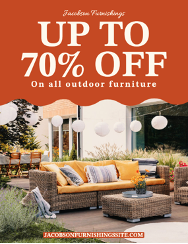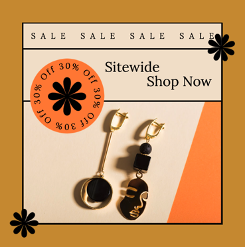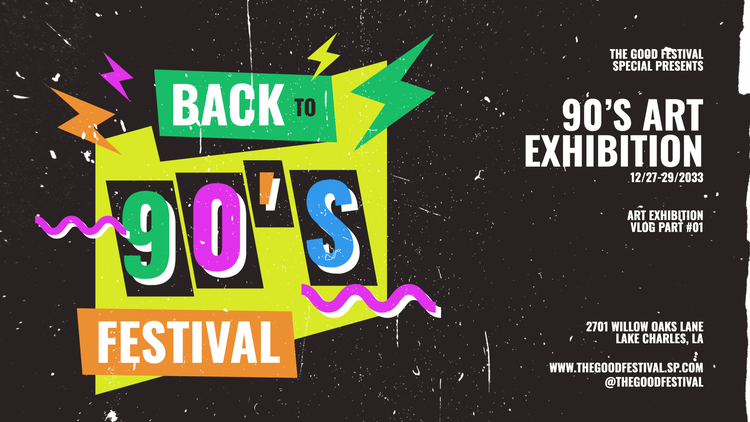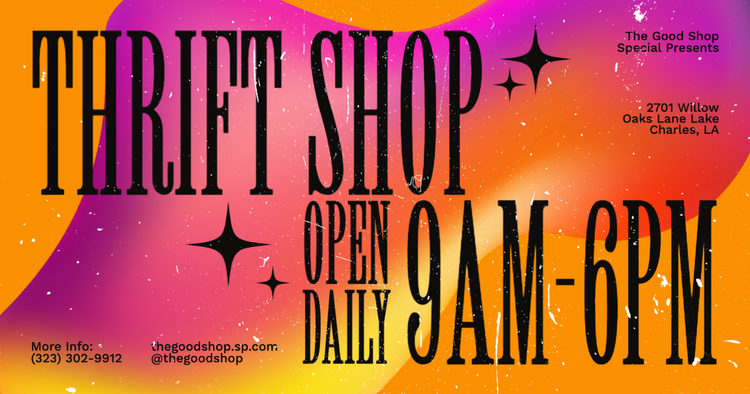Top graphic design trends, Chris Do’s expert tips, and the best creative tools for 2023

Summary/Overview
Chris Do isn’t a big fan of trends. Or, rather, he isn’t a big fan of articles about design trends.
That’s not to say the Emmy award-winning designer, creative director, brand consultant, and influencer doesn’t think deeply about design or know what’s popular. Indeed, as the founder and CEO of an education platform called The Futur — which aims to empower one billion creative entrepreneurs to establish successful, sustainable, and fulfilling businesses — he probably has a better sense of design trends than most.
It’s just that Do finds the pervasive preoccupation with looking for and labeling things as trends, as well as the obligatory annual forecasting of future trends, a bit tiresome. Maybe even ridiculous.
“That's a trend in itself — trying to find something to call a trend,” he says. “I think it can be a little absurd.”
Do mentions a couple of examples of supposed trends he’s come across — the helvetica typeface (“it's been out for decades, and you're telling me it's trendy? That's a long trend”) and minimalism (“minimalism is a concept, not a form”). But, he says, “these things pop up on your radar and people you follow seem to be using or talking about them at the same time, so through your own lens you see a trend happening.”
There are lots of articles this time of year about trends, in everything from marketing and technology to music and fashion — and design is no different. Audiences are always looking for something new and different, while also seeking familiarity and nostalgia. But trends come and go, they change, some stick, some don’t, they’re contextual and particular, not universal and permanent.
“We’re often in one of two camps,” Do says, “either writing about and adopting every trend, and some turn into fads and we have pie on our face because it didn't work out well. Or, we can be completely resistant to all trends or shifts or movements in society and culture and taste. And I think one or the other is kind of a dangerous thing.”
It’s important for individual artists and creatives, as well as marketers and business owners, to be aware of design trends so they know what’s out there. They need to understand what’s being done and what’s been done already, what’s cool and what isn’t, what works best for a brand and what does not. But it’s equally important to not let trends control your creativity and dictate every design decision you make. Being "trendy" can sometimes kill a brand.
Your brand and designs should adapt as new concepts emerge. However, always remember your roots. Like Nike or Coca Cola, your brand should strive to transcend time and your design should maintain its identity. That’s why it’s crucial, Do says, “for creatives to have a broader view of different aesthetics and styles, and pick the one that is most connected to the message you're trying to communicate.”
Many casual creatives, business owners, and marketers want to know about current and coming design trends so they can create amazing content, build a cool and professional-looking brand, and achieve their goals. Trends give them information, inspiration, and ideas — but they also need the workflows, ways of thinking, technology, and tools to bring those powerful ideas to life.
In this article, we’ll tell you about some of the top global design trends for 2023. But you’ll also learn from Do, one of the leading creative minds in content marketing, about design as a concept and a process.
Top 10 graphic design trends of 2023
1. Hand-drawn illustrations
Nearly 90% of consumers say authenticity is important when they’re deciding which brands they support. Utilizing illustrations in design is one way businesses are demonstrating their authenticity. In a landscape of sleek, clean, perfectly rendered, and often indistinguishable graphics, hand-drawn illustrations help your designs stand out. People are more interested in custom art and visuals than stock images.
Personalization is highly prized in both the design and business worlds, and hand-drawn illustrations are among the most honest and authentic. They bring a familiar, down-to-earth look to your brand that is welcoming and comforting to consumers. Another advantage is that these illustrations can’t be easily copied by competitors because they’re unique to your business.
“I, for one, think that it will never go out of style to see the ‘invisible hand’ that touches the work,” Do says. “I think there's something to it that instantly we connect and resonate with. Like, a human being made this — not a machine, not a factory. Those imperfections can't be replaced by machines, and it seems to be the thing that separates one design firm from another and still commands a premium because human beings made this, and we recognize that.”
2. Minimalism
Lots of major brands have used minimalism to convey feelings of simplicity and sophistication. But a more colorful form of minimalism can produce a different design effect — bright, vibrant, and optimistic. This brasher form of minimalism, radically redefined from its black-and-white conventions, is becoming a trend. Today’s designers remove all unnecessary elements down to the basics, creating content that’s eye-catching and unflinching, blending futuristic aesthetics, bold fonts, and simple gradients.
Still, some graphic designers are stepping away from the conventions of minimalism and turning toward maximalism. Gen Z, in particular, is a group that seems to be attracted toward bold maximalist designs.
3. Data visualization
It can seem almost impossible to clearly communicate complicated data. Given the amount of information people are consuming constantly every day, it’s a challenge to make sure your brand conveys what it needs to and stands out. But skillful design can use or repackage information and tell a story in an elegant, easy-to-understand, and helpful way.
Our brains are able to process visuals 60,000 times faster than text, and new trends in data visualization are showing that design techniques can succeed in getting consumers to stop and actually digest information. Besides simply grabbing the attention of consumers, data visualization is key to communicating authority and accountability without inundating consumers in pages and pages of data.
Instead of just presenting numbers, designers are turning the data into a real story with infographics and other visualizations. With more advances in methods of data visualization to create a story and engage with the audience, many designers argue that the visual presentation is just as important as the information itself.
4. Natural and environmental-minded design
People are increasingly paying attention to environmental issues and causes. As consumers’ concern about the earth grows, their appreciation for natural patterns and textures will grow as well. It’s no longer enough to simply add or integrate the color green into designs to hint at sustainability. To win the favor of eco-conscious customers, brands need to show their commitment to the environment through creative and original content in their designs.
Nature-inspired visuals resonate with audience interests in the natural world, organic materials, conservation, and sustainability. Images of flowers and plants, wood textures and blue skies, and animal patterns like leopard and zebra prints are all popular nature motifs. Additionally, DIY styles, printed paper, and watercolor are becoming more in vogue for regular people and professional designers alike.
5. Representation and belonging
The idea of representation and belonging covers gender, race, culture, ability, and accessibility. Also referred to as diversity, equity, and inclusion, this is increasingly about more than just showing or claiming representation, but actually engendering true feelings of belonging — welcoming different groups and communities and creating space for them.
The push for greater representation and belonging extends far beyond the world of design, but within it, there is an increasing emphasis on depicting people of different ethnicities, genders, sexualities, ages, and abilities. In addition, the industry is starting to shift to a more representative talent pool and hiring with diversity in mind. But inclusivity also applies to the function of design — creating designs with accessibility in mind. This is a form of universal design, a topic that has seen enormous growth in search interest in recent years. As applied to graphic and web design, universal design considers those with disabilities, visual differences, and more.
6. Geometric shapes
In 2023 we’ll likely see even more designs that take inspiration partly from the Bauhaus school — emphasizing geometric compositions, clean shapes, and bright primary colors. The appeal of this trend is in its simplicity. Geometric shapes are often the first we learn as children and they’reassociated with approachability. As consumer demand for transparency continues to grow, so too will designs with geometric shapes that are straightforward and direct.
A good designer can do a lot with a little. As opposed to the comparatively limited visuals that more abstract shapes give, geometric ones are simple enough to be combined in myriad creative, compelling, and clear ways.
7. 3D design
Although 3D design isn’t new, we’re likely to see a rise in the visual trend in the near future. This is largely because new technologies make rendering complex 3D elements and textures on web pages easier than ever. 3D can be applied across every discipline of design, from user interface to illustration.
Whether in static or animated images, 3D brings a sense of realism to your designs, as though the brand — and its content — is jumping right at you. Hard to look away from, 3D offers a new dimension for graphic designers to work with. Additionally, in terms of employment, many industry insiders expect there will be a significant rise in hiring of graphic designers in computer-related designing and other electronic media fields.
8. Serif fonts
As more and more tech companies in the 2000s adopted the clean, simple, and extremely readable appearance of sans serif, the serif font declined. But now, serif — the horizontal lines at the tops and bottoms of letters in fonts like Times New Roman — are coming back in style.
The reason for the resurgence is seen to be down to the feelings of security and tradition that serif fonts evoke. As 70% of people say that trust is more important today than ever before, this shift in consumer behavior will likely produce a rise in imagery and design intended to build trust. Certain fonts like serif — which also conjures a sense of character and history that many other typefaces don’t convey — are able to have that effect.
9. Vibrant nostalgia
In graphic design, retro has always been a bit trendy. And that’s no exception for 2023 and beyond. There will be a growing movement towards a vibrant, vintage aesthetic that references the 1970s, ‘80s and ‘90s, with psychedelic and retro-futurist touches that play on and juxtapose the old and the new, the familiar and the experimental.
Many of next year’s designs will be bright and colorful, featuring bold gradients, using gritty textures, and relying on traditional fonts like serif. Nostalgia will always have a powerful emotional influence on branding. After the massive disruption of the COVID-19 pandemic, many people are still looking for familiar styles to serve as comfort. Like cyclical trends in fashion, art, music, and more, some design trends inevitably reemerge after a certain amount of time — and often with more engagement and interest than before, thanks to the nostalgia factor.
“I think this will always persist because of a couple of different reasons,” Do says. “Whether you call it retro or vintage design, or something that's nostalgic, that reminds you of home. The reason why it connects is because, even if that was in our era, it quickly transports us back in time, and there's a feeling and a life there.”
10. AI visual image creation, AR, and new technologies
You may have heard of the artificial intelligence (AI) tool called DALL-E that has astonished people with its ability to render text into realistic images and is now available to the public. Anyone can now use intuitive and unimaginably powerful AI tools to make incredible images.
Some have raised concerns that the open-ended nature of AI systems and their ability to automate image-making means they could automate bias on a huge scale. They also have the potential to be used for nefarious purposes, like stoking fear or spreading disinformation via images that are altered or entirely fabricated with AI. There are DEI concerns — especially in regards to representation of people of color — related to AI, as well.
Augmented reality (AR) is being touted as the other next big thing in technology, with many social media networks already maneuvering to adapt to it. AR is an experience where designers enhance parts of users' physical world with computer-generated input, allowing you to add virtual content to the real world. Like many other trends, AR brings the opportunity to tell a unique story through its design, and it’s a thrilling new prospect.
“I don't remember who said it first, but we make the tools and the tools make us,” Do says. “So when we're on a machine, everything starts to look a certain way, because the tools make it easier to produce a certain kind of work. If you've grown up with digital tools, everything will start to look a certain way — clean, minimal, and very precise. And if you grew up in a time when analog tools were how you learned to express yourself, then you get into the happy accidents, the imperfections.”
All tools can be used for good or bad reasons, effectively or ineffectively. “They’re just tools,” Do says. “Learn the tools, see what the potential is, and then decide for yourself. I think AI and machine learning are getting better every day,” and they have the potential to be as disruptive a power as the Internet was for society — and especially designers.
“What I think is really cool, and what's probably driving trends more than anything else, is these software tools — because it becomes so easy to make something. It's the democratization of technology and the democratization of creativity, so that anybody, anywhere can design really beautiful things.”
Now that you know a bit about the top design trends, you need to understand how to think like a designer, create the right processes, and find the best tools to bring your ideas to life.
The graphic design lifecycle
Despite Do’s aversion to discussing trends, he’s a font of knowledge when it comes to design process and concepts who’s more than happy to share his expertise. And everyone from students and casual creatives to small business owners and professional designers can benefit from his insights.
The right environment
Do says it all starts with setting up your environment to help foster creativity and get your artistic juices flowing. While in some ways that’s been difficult due to the coronavirus pandemic, in other ways the upheaval emphasized the importance of “how we are all connected and disconnected” and accelerated “the need for decentralization” in the workplace.
“What we're finding out is this big, bad idea of letting people be more autonomous and not having to check in on people and micromanage them with a fear that we would be less productive — it’s wrong,” Do says. “People aren’t commuting anymore, they get to maximize their work time, they can have a better work-life balance, and I think that's 150% the catalyst for so many other positive things that happen because of the ripple effect.”
When companies embrace work-from-home models and invest resources on their employees’ comfort and happiness, rather than on office buildings and maintenance, it benefits everyone — but especially creators. “One of the problems with working in a big office is uniformity,” Do says. “But at home you can do whatever you want to be the most productive person you can be, and I think that's a wonderful thing, especially if you're in the creative space.”
But working from home doesn’t mean being shut off from the world around you. The impact and importance of what’s going on around you should inform the design experience. In addition to workplace changes, the past few years have seen massive political, cultural, and economic transformations — from COVID lockdowns and social justice movements to the war in Ukraine and a potential recession, as well as major elections and much more. All of those things influence creative design in big and small ways, Do says, amplifying emotions and communicating with other people.
“We can use our artistry and our creativity to show our support or help amplify messages that we really believe in and resonate with,” Do says. “There's so much room for creative people to express their frustration, their sadness, their connectedness, their grieving, all those kinds of things, through the ways and tools they know best. And that's what I think we saw.”
It’s essential to humanize design and create with intention. It’s all about communicating a message, Do says, and design helps you do that effectively — whether in new and trendy ways or classic and traditional ways.
The right headspace
It’s critical for designers to get in the right mindset to navigate creative blocks. Whether you’re a professional or a casual creative, there are techniques, tips, and tools to help you overcome challenges with ideation and skill. And it all starts, Do says, with writing things down.
When you’re creating work that is genuine and authentic to who you are — and I mean not just your design preferences, but your whole story, your origin, your narrative, culture, and beliefs that filter through your creativity — I think you can't help but to stand out,” Do says. “One thing I've been much more aware of the last 10 years is the power of writing in words. I’m a classically trained, traditional graphic designer — I thought I chose that so I didn't have to write. But the people who stand out the most are able to articulate their thoughts.”
Like the designer and artist Adam JK, Do says, pick up a pencil and sketch first. Sketching can save you time, organize your thoughts, and stimulate ideas. Use thumbnails to avoid getting into a design rut. And, like the illustrator and author Timothy Goodman, remember that content is king — your message is just as important as your final design.
“It's so powerful to be able to combine your aesthetic and design sensibilities with your ideas,” Do says. “If we only limit ourselves to shapes and illustrations, then it's a more limited vocabulary. But when you're able to bring all those things together — the power of words, whether written or spoken with design, topography, and illustration — you're going to stand out if you have a point of view.”
Make a habit of writing and journaling your ideas, Do says. Consume content, have a reaction, form your own opinion. “I find that when I read other people's ideas, it starts to spur my own thoughts. I take a moment to write down whatever it is I'm thinking, and sometimes those ideas go nowhere, but it's good to develop a reservoir of those things. So, as you're working on a project, you're like, Wait a minute, I have an opinion on this.
“Writing is so important because when you write you gain clarity on your thinking — in our articulation we gain clarity and thought. We have to practice that. It's creative people who are used to just making shapes and moving forms around, but we’ve got to practice that writing thing.”
The right technology
When you’ve created the right environment and are in the right headspace, you still need the tools to bring your ideas to life. But it can’t be any tools — and it might not even be tools you already know how to use.
Do uses the example of a hammer. “It’s usually used for building things, but it can also be used for breaking things, and it’s actually pretty effective at both,” he says. “So we need to learn how to use a hammer, what its purposes are, when to wield it and when to put it down. You know the expression — if the only tool we have is a hammer, then all problems look like nails. That means we have to diversify our toolset and to be conversant in everything else that’s happening.”
Often, he says, the natural reaction is that all new technologies threaten existing ways of working and doing things, which produces a fear response.
“What I want to do is encourage creative people, before you become afraid of something and formulate such concrete opinions, give it a chance,” Do says. “Try it out, explore, poke, break it, keep an open mind, and see what things can do. Those that seem to be able to capture the opportunities and create wealth and capital for themselves, are almost always on the edge of what is now vs. what is about to come.
“They explore and push, and because there's little competition and lots of interest, they rise above everyone else, above the noise, and that’s what I encourage people to do.”
Do explains the “trap” that creative people sometimes get into. “We start to think, I can't do something because of this reason or that, instead of asking, What can I do with what I have in the time that I have? Creativity isn't having all the toys,” he says, “but making the most out of what you have. Now designers don't have excuses anymore, because there are so many great tools that are available to us, many of which are free.”
How to think like a designer
Too often, design is flat and current mediums for communication are mundane, Do says. The goal should be to make the design experience feel more, well, experiential. Today’s brands need to hybridize their designs — for example using spatial audio or creating social posts with video and graphics for a mixed-media experience.
“There are so many web-based tools that don't even require a workstation anymore for you to create,” Do says. “You have tools like Adobe Express where you can use templates and have access to typefaces you don't have to buy. That’s incredible.
“How do we open ourselves up to be more curious and receptive to possible change that can actually benefit us? We have to let go of preconceptions we might have. The initial reaction to new technology is usually to resist and say I don't want to do that. But then I start playing around with these tools and it’s like, Wow, these are purpose built, there's access to images, there's a smart search engine. Someone has gone through the work of labeling and tagging every single image and asset that I never have time to do.”
Knowing design trends is useful, but casual creatives, business owners, marketers, and others need to understand how to leverage those trends effectively and apply them to their own brand to produce beautiful, professional-quality content — even if they don’t have much experience.
“I'm even starting to rethink how I want to create things like social posts,” Do says. “So now, when somebody comes to me and says, ‘We need to create something that's beautiful and feels tailored to us, but we need to do it on the fly wherever we are in the world,’ I tell them, just use Adobe Express.
“Let go of your old ideas of how you used to make things, and you'll find it's really easy and really, really powerful. Especially if you don't have a lot of time or you don't have a lot of knowledge, you click a few buttons and you can put together something really beautiful.”
